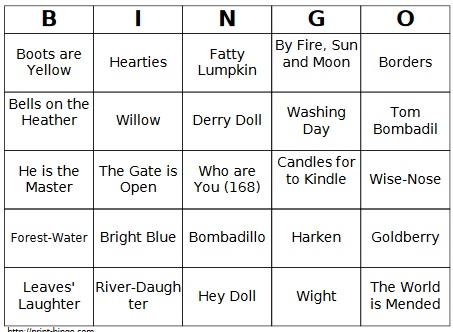As schools make the transition to teach online, I have seen a lot of articles talking about what teachers can do to enable students to succeed. These articles are important, and it is true that teachers have to adapt to the new environment. Just as important, though, is to tell students what is different when trying to learn online, and what can they do to “take responsibility” for their learning.  What we know is that students who are classified as “self-motivated” or “self-directing” tend to do better in an online classroom than those who are not. So here are five things that can help students stay engaged with their class and also help them find the resources they need.
What we know is that students who are classified as “self-motivated” or “self-directing” tend to do better in an online classroom than those who are not. So here are five things that can help students stay engaged with their class and also help them find the resources they need.
-
Ask Questions.
Whether your class is working synchronously (all together at the same time, like on Skype, Zoom, GoToMeeting, etc.) or asynchronously (using message/discussion boards or forums), there should always be a means for you to ask a question. This is a very important step for remote learners, because unlike in rooms where teachers can read body language or “take the temperature” of the room to see if students are following, they can rarely tell when you have a question in an online environment unless you tell them. Great news! In most online settings, students have more freedom to ask questions without judgment from their peers. Instead of asking in front of thirty people who are not interested in your question, you can directly ask the teacher and those who do not share your question can skim right past it.
-
Talk to teachers “outside of class”
In most cases, teachers teach because they want to help learners learn (let’s face it, it isn’t for the money). If you are struggling with a concept or question, feel free to reach out to the teacher outside of the course. A great way is to use their school email address. This way you can get more personalized in-depth help than you can if you are asking in the middle of a synchronous class session. You also ensure that your teacher can see your question, whereas they can sometimes be lost if a teacher is monitoring a very active forum or chatroom. Pro Tip: try to ask your question in-class first, if possible. That way, if anyone else has the same question then it is answered for everyone. If you have highly specific questions, or your question wasn’t answered fully, feel free to reach out to your teacher.
-
Remember your school content resources
Most schools have a way to view textbooks and even library books online. These resources are becoming even more available as systems shift to support more online learners. Go to your school website and see if there is a “Library” or “Textbook” section. You should be able to access a lot of material to help you if you are stuck on a concept or if your teacher has asked you to do research. Remember, the school librarian is your friend: if you need help using the school’s library website, reach out to the librarian and ask!
-
Remember your school support resources
Just as the library and textbooks are usually available in some form online, so are support services. In primary and secondary schools, this means that students should still be able to talk to school counselors or college application advisors. In college, this means that student can still interact with student success specialists and counseling services. These are going to become more important as online schooling continues. If you ever feel lonely or depressed, please reach out to support services for your school. They can help you find a means of connecting with others or find programs designed to meet your specific needs. Learning from home can be lonely, so it is vital that students remember that these services are available to them!
-
Make friends with classmates
Find people in your class, grade, cohort that want to succeed but also want to connect with others. As I said above, learning online can feel very isolated. Having these friends can help keep you engaged in class, and also make you feel like other people (other than those you live with) care about you and your well-being. Both of these factors are very important.
I welcome other suggestions from teachers and learners in the comments. I want this to be a good, free resource for advice!
—–
A little about me: I was an online student for several years and had good and bad experiences. I have also taught online, and so I know what this experience looks like from both sides. You can find more about my current interests on the About page.



